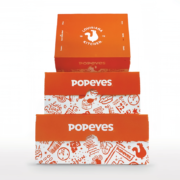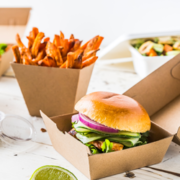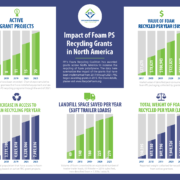Making the Case for FPI’s Spring 2024 Conference: May 1-3
People sometimes ask us why they should attend one of our conferences. There are so many reasons – one of which is that this is the only North American conference event focused solely on foodservice packaging! If you are in the industry, you need to be here!
FPI staff are always hard at work, focusing on the hottest topics affecting our industry for our spring and fall conferences. Our spring conference is right around the corner. Why attend this one? We are sure you will want to join us in Destin, Florida for this one. It’s a great location with a great program!
We’ll be discussing environmental marketing claims and EPR/producer responsibility issues. We’ll hear about foodservice packaging trends in the UK and how that affects us here. Legislative and regulatory issues keeping you up at night? Come hear the latest updates! Our expert speakers will provide valuable insights and strategies to navigate these crucial areas.
Our best networking event at our spring conferences! Participate in our tournament and enjoy a day of friendly competition on the beautiful Links Course! This is a fantastic opportunity to network in a relaxed setting, while also showcasing your golf skills.
Are you a member of FPI’s recovery groups? The Foam Recycling Coalition (FRC) and Paper Recovery Alliance/Plastics Recovery Group (PRA/PRG) will hold meetings at the conference. Want to learn more about FPI’s recovery groups? Click here!
We believe your presence will add immense value to our conference. Visit the conference website for more information including registration, program outline, and hotel reservation information.
Not a member of FPI? Reach out to us and find out about our potential member program!
If you’re thinking about it, don’t wait too long! The early-bird registration and discounted hotel rates end April 8!
We hope to see you in Destin!
#FPISpring2024








